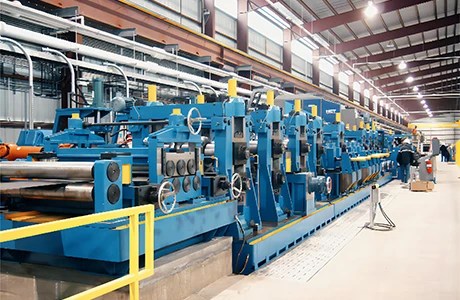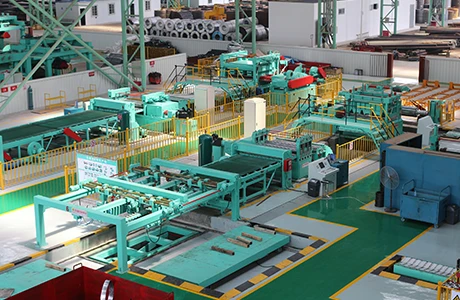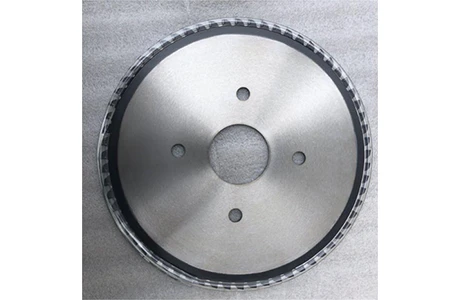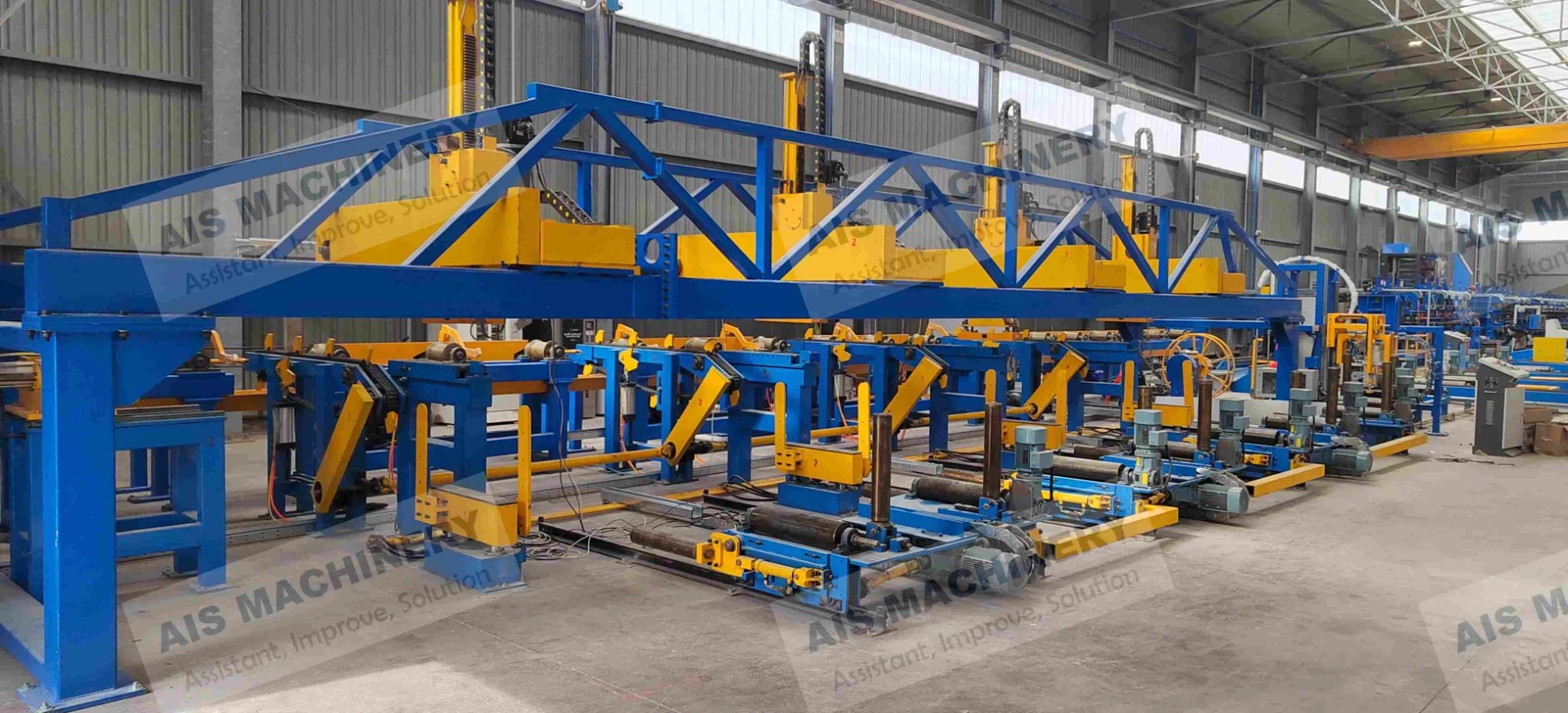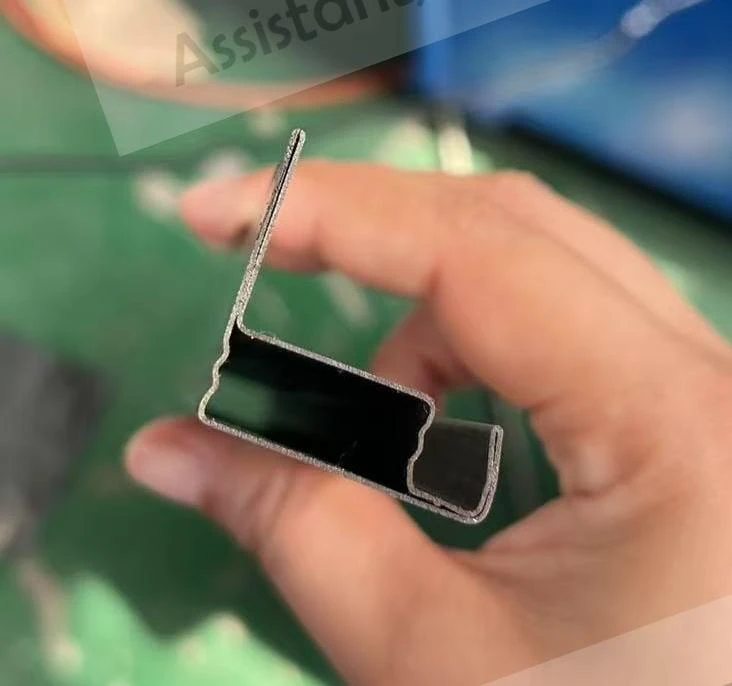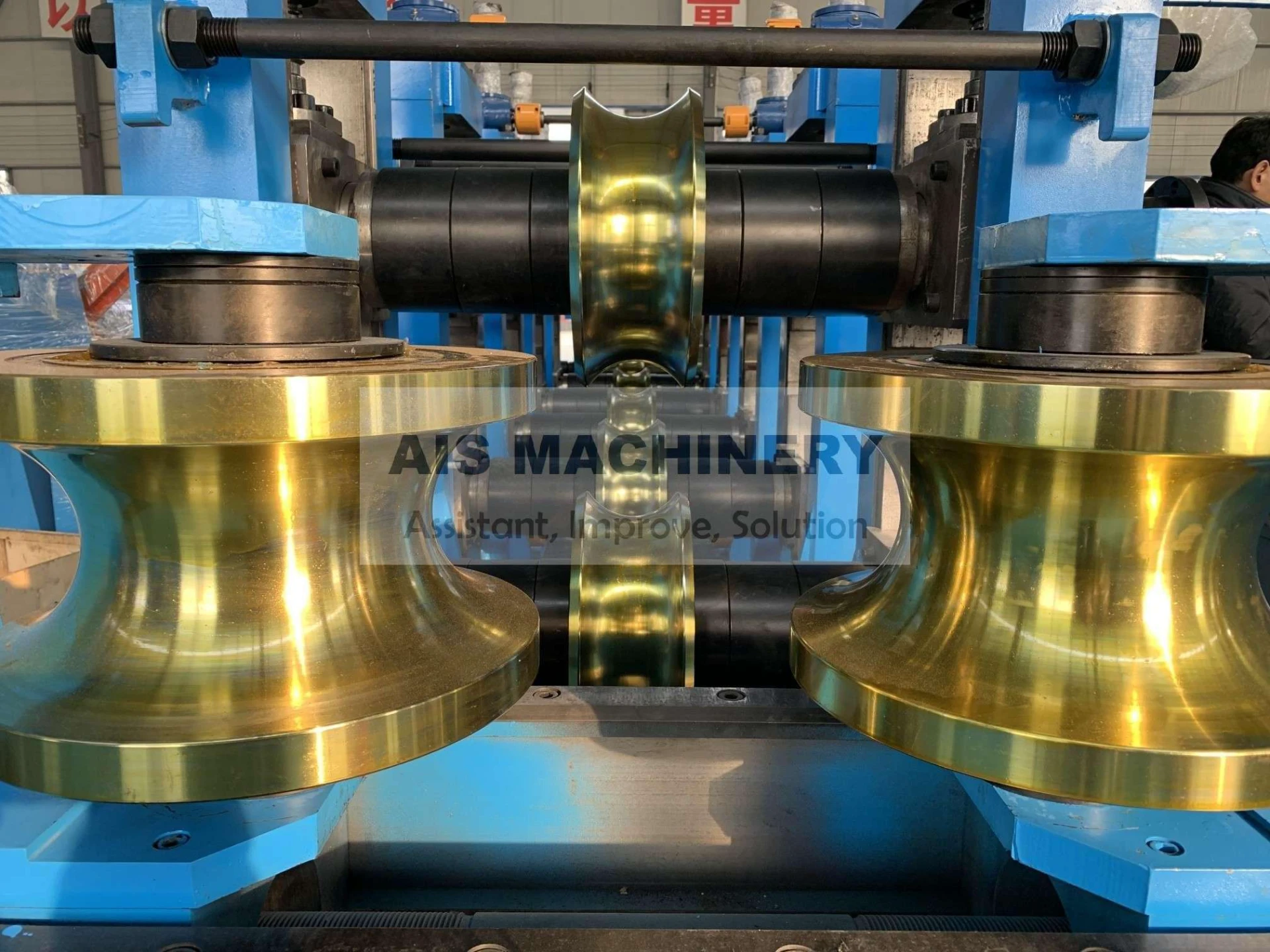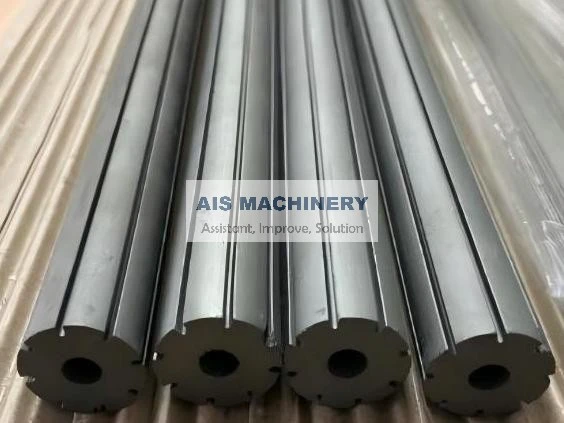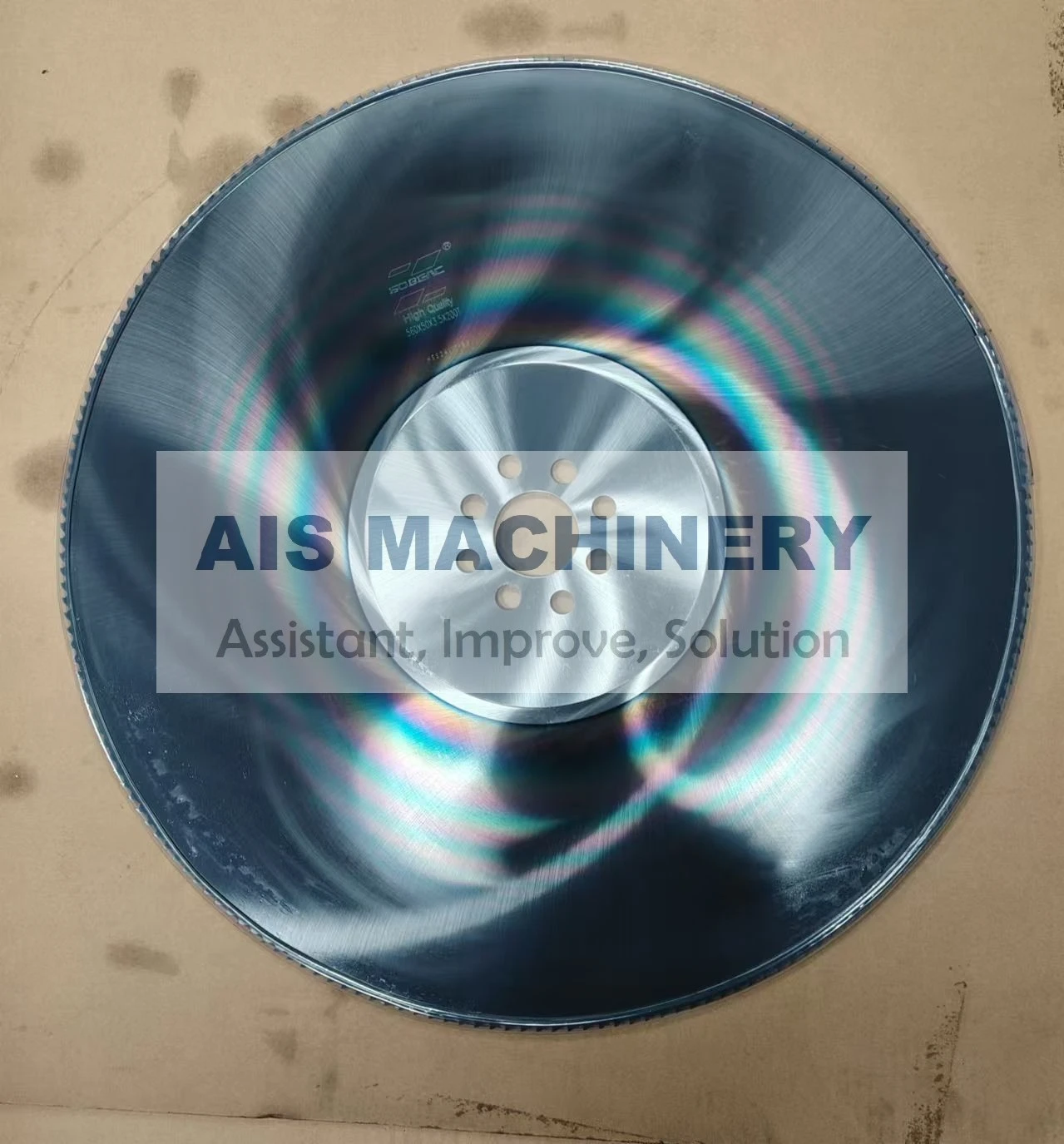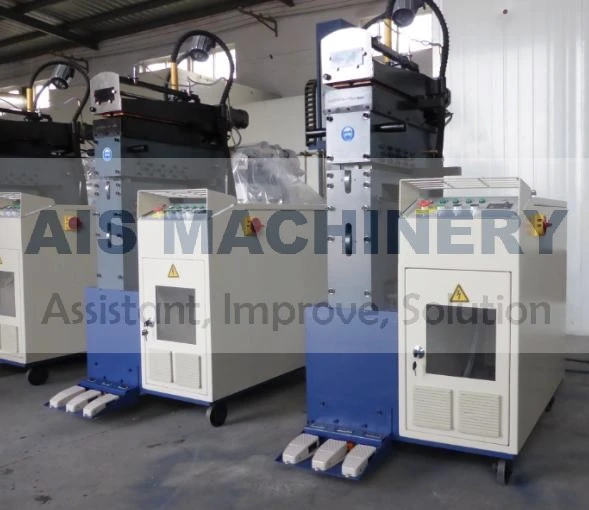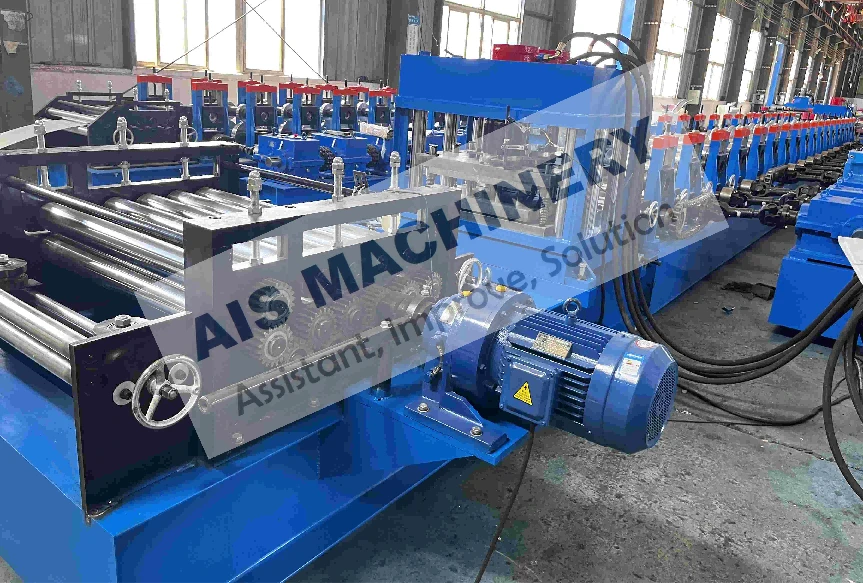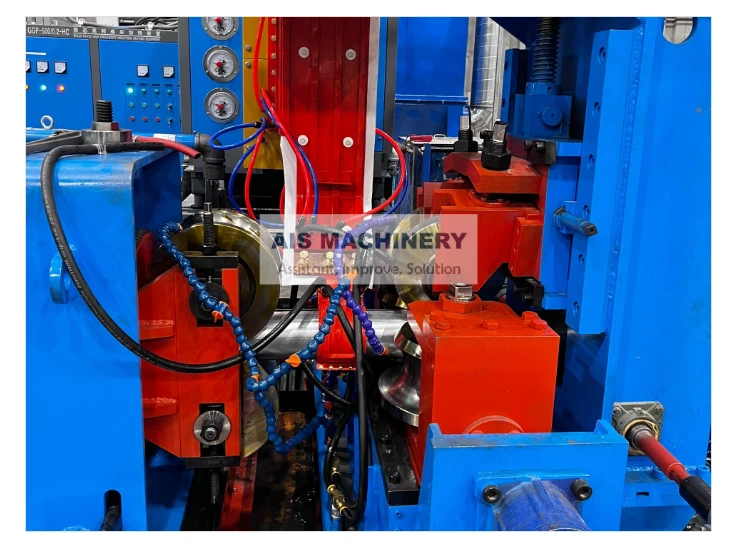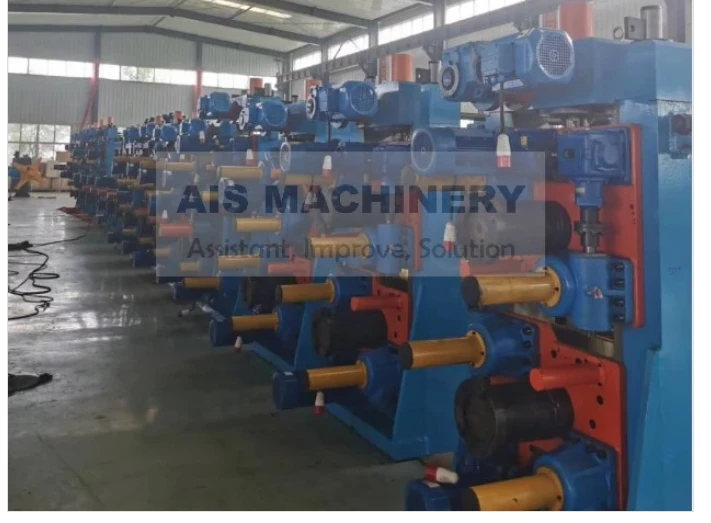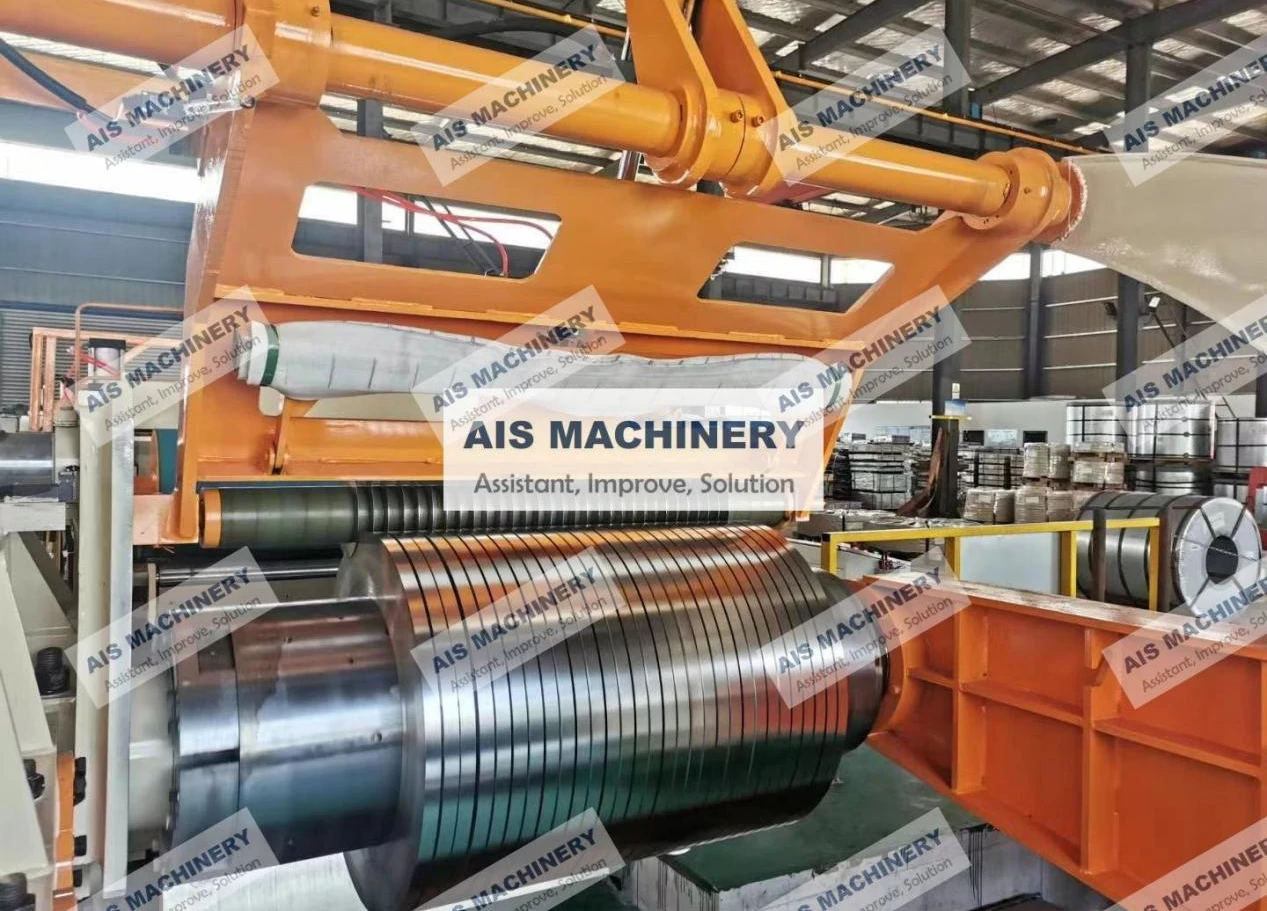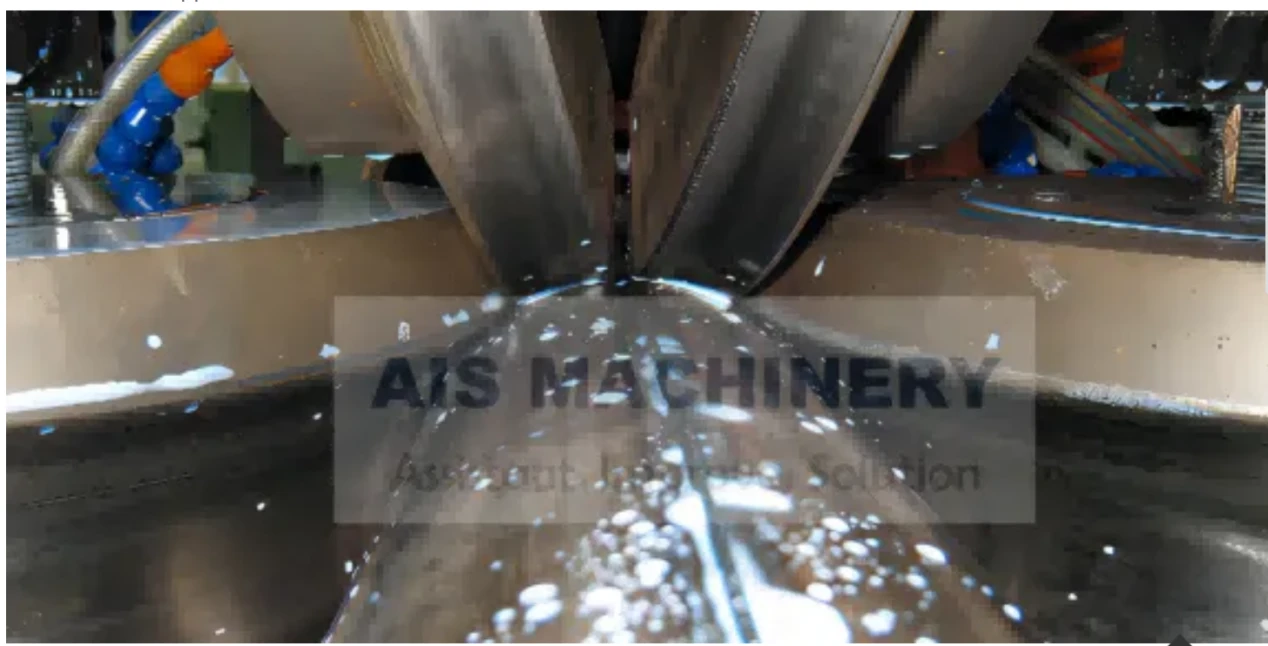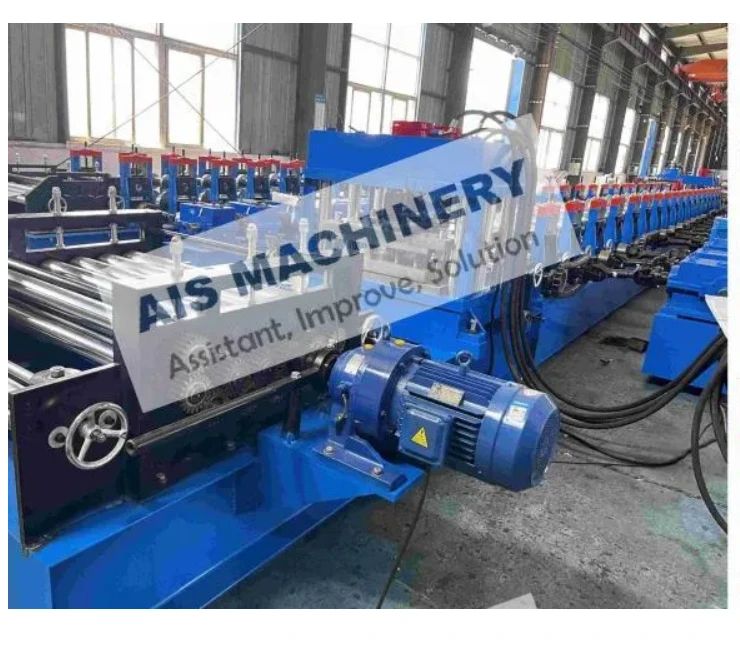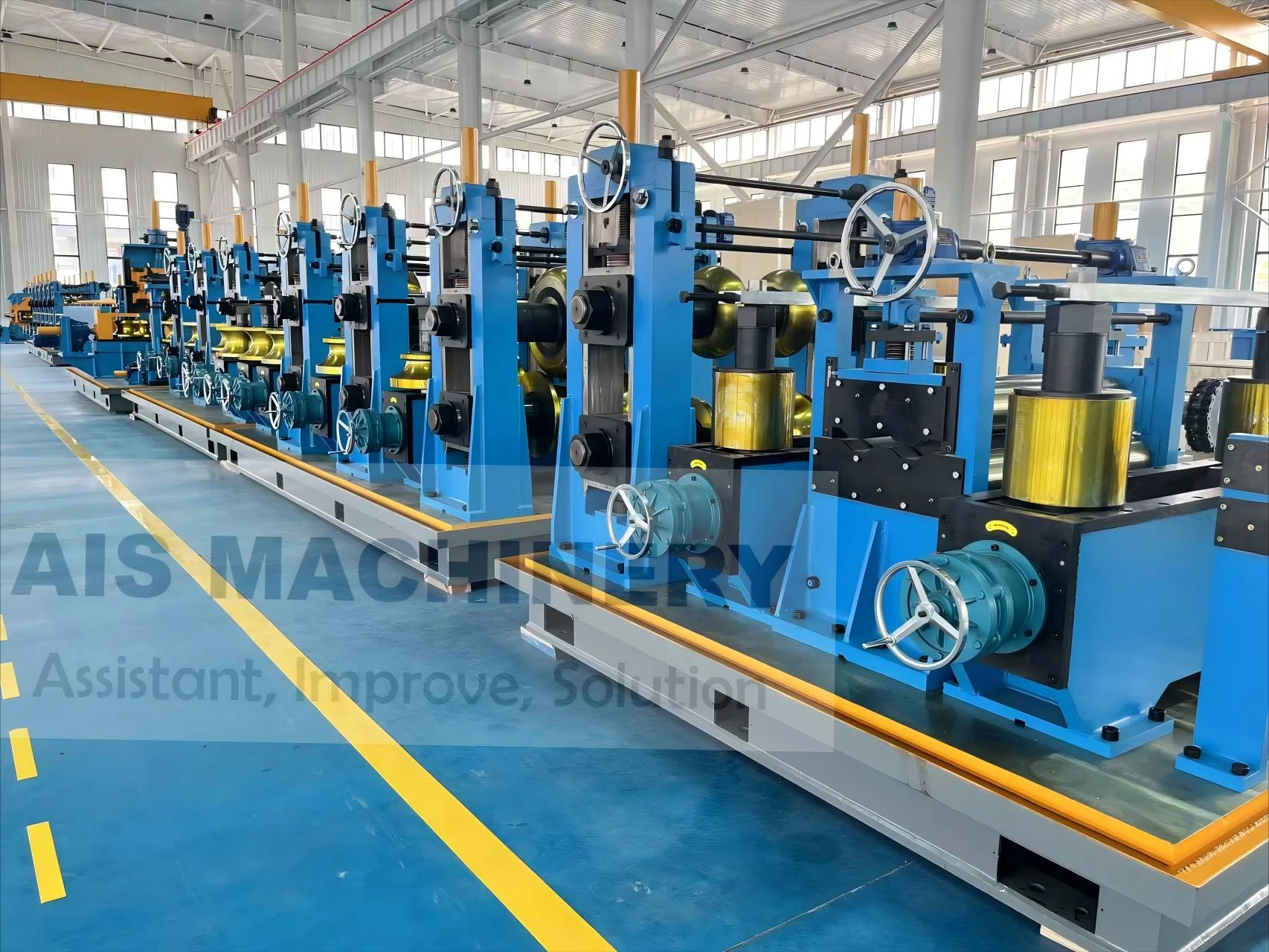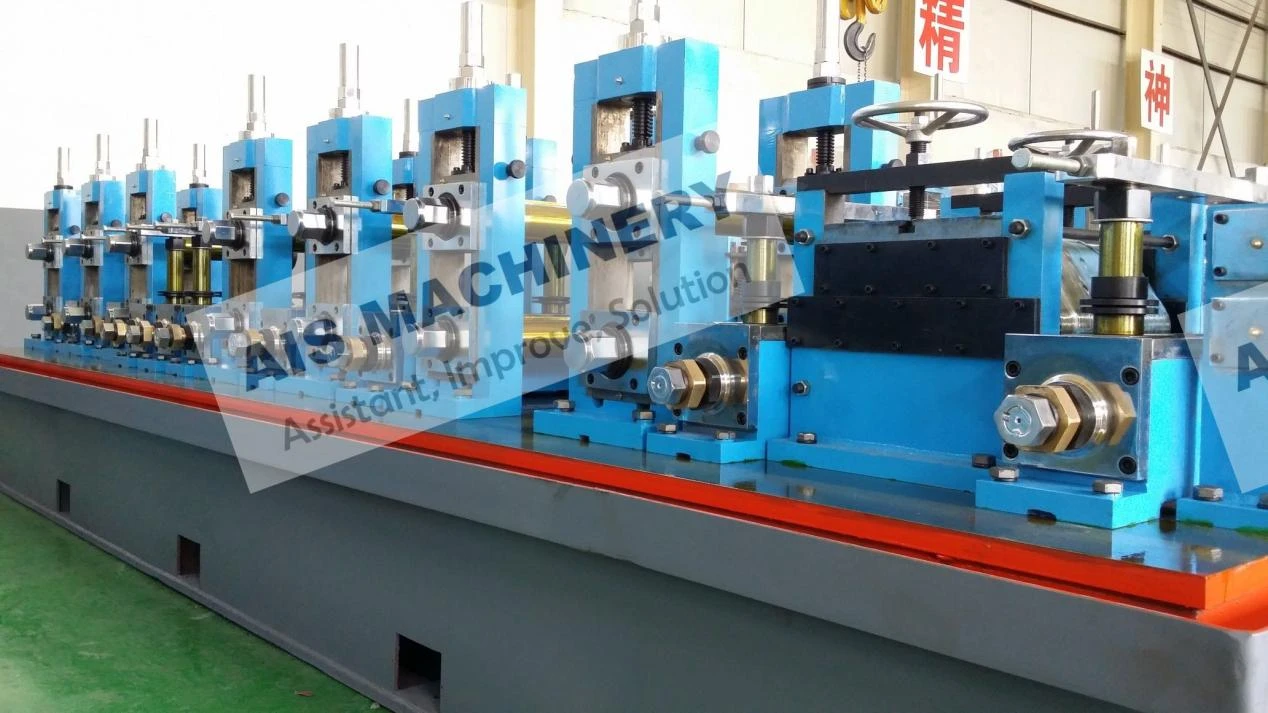-
 Tel:86-15176910262
Tel:86-15176910262
-

Search


Scrape Burr Removal: Carbide OD Scarfing Inserts & Tools
8월 . 17, 2025 05:20
The Imperative of Precision Burr Removal in Tube Manufacturing
In the highly specialized world of tube and pipe manufacturing, achieving impeccable surface quality and dimensional accuracy is paramount for ensuring the integrity and performance of the final product. A critical challenge that often arises during the high-speed welding processes, particularly with High-Frequency Induction (HFI) or Electric Resistance Welding (ERW), is the formation of internal and external weld beads, commonly referred to as burrs. These protrusions, if not precisely removed, can significantly compromise flow dynamics, reduce structural integrity, and complicate subsequent processing or assembly. Addressing this issue effectively requires advanced tooling solutions, and this is where the precision of Outside Scarfing Inserts, essential tools for managing the scrape burr, comes into play. These specialized carbide tools are engineered to efficiently and accurately remove the external weld bead, ensuring a smooth, consistent outer diameter (OD) surface that meets stringent industry standards. The proper selection and application of these inserts are crucial for manufacturers striving for optimal production efficiency, reduced material waste, and superior product quality in demanding industrial applications. The technology behind these inserts has evolved significantly, incorporating advanced materials and manufacturing techniques to withstand the harsh conditions of continuous operation while delivering unparalleled precision.
The presence of a significant scrape burr can lead to numerous operational inefficiencies and product failures, making its precise removal a non-negotiable step in the production pipeline. Such burrs, if left unchecked, can interfere with automated handling systems, cause damage to downstream machinery, and negatively impact the aesthetic and functional properties of the tube. Furthermore, in applications where corrosion resistance or precise fitment is critical, an irregular surface caused by residual burr can become a weak point, leading to premature failure. Outside Scarfing Inserts, typically crafted from high-performance carbide, are designed to perform this vital task with exceptional accuracy and longevity. Their advanced geometry and material composition allow for continuous operation at high speeds, minimizing downtime associated with tool changes and maintenance. This meticulous attention to detail in the scarfing process not only enhances the tube's visual appeal but also contributes directly to its long-term durability and operational reliability in various demanding environments, including those in the petrochemical, automotive, and construction sectors. The ongoing advancements in carbide insert technology continue to push the boundaries of performance, offering solutions that were once considered unachievable in terms of precision and tool life.
Understanding the intricacies of the scarfing process, from material selection to the precision engineering of `od scarfing inserts`, is fundamental for optimizing tube manufacturing operations. The choice of `carbide insert` plays a pivotal role in determining the efficiency and quality of the burr removal. Factors such as the material grade of the `carbide tools`, the number of cutting edges, and the specific geometry tailored to the tube's dimensions and material properties all contribute to the overall effectiveness. Modern `od scarfing inserts` are often designed with multiple cutting edges (e.g., 4-edge or 8-edge configurations) to maximize tool life and provide consistent performance, even under aggressive cutting conditions. The integration of advanced coatings, such as PVD (Physical Vapor Deposition) or CVD (Chemical Vapor Deposition), further enhances their wear resistance and lubricity, allowing for extended operational periods and superior surface finishes. This holistic approach to tool design and application is what differentiates leading manufacturers and enables them to meet the ever-increasing demands for higher quality and efficiency in tube production. The commitment to continuous research and development ensures that these critical tools evolve with the industry's needs, providing cutting-edge solutions for complex manufacturing challenges.
Manufacturing Excellence: Crafting High-Performance Scarfing Inserts
The creation of high-performance Outside Scarfing Inserts, specifically designed to eliminate the scrape burr, is a testament to advanced material science and precision engineering. The manufacturing process typically begins with the selection of premium tungsten carbide powders, often blended with cobalt as a binder, to achieve specific hardness, toughness, and wear resistance characteristics. These powders undergo rigorous quality control to ensure purity and consistency before being compacted under immense pressure through processes like cold isostatic pressing (CIP) or uniaxial pressing, forming a "green" compact. This compact is then sintered in controlled atmosphere furnaces at extremely high temperatures (up to 1,600°C), where the cobalt binder melts and fuses the carbide grains, resulting in a dense, extremely hard material. The density and grain structure are meticulously controlled to meet specific performance requirements, often exceeding ISO 9001 and ANSI B94.55M standards for carbide inserts. Following sintering, the blanks undergo precision grinding and CNC machining to achieve the exact geometric specifications, including rake angles, relief angles, and chip-breaker designs, which are crucial for efficient burr removal and optimal chip control.

Fig 1: Illustrative diagram of external weld bead (scrape burr) on a tube.
Further enhancing their durability and performance, many `od scarfing inserts` receive advanced surface treatments or coatings. Physical Vapor Deposition (PVD) and Chemical Vapor Deposition (CVD) coatings, such as Titanium Nitride (TiN), Titanium Carbonitride (TiCN), or Aluminum Titanium Nitride (AlTiN), are applied to increase hardness, reduce friction, and improve wear resistance, especially critical when dealing with challenging materials or high-speed operations. These coatings significantly extend the service life of the `carbide insert`, sometimes by several hundred percent, leading to fewer tool changes and higher productivity. The expected service life of these `carbide tools` can range from hundreds to thousands of meters of tube production, depending on the material, speed, and insert grade. These inserts find indispensable applications across a spectrum of industries, including oil and gas for pipeline production, metallurgy for structural steel tubing, automotive for exhaust and frame components, and municipal sectors for water and wastewater infrastructure (e.g., pipes for give-drainage systems). The precise removal of the scrape burr is vital in these applications to ensure smooth fluid flow, prevent material buildup, and facilitate subsequent processing like bending, coating, or welding, thereby delivering advantages such as enhanced energy efficiency in fluid transport systems due to reduced friction, and superior corrosion resistance due to an unblemished surface finish, which prevents localized corrosion initiation points.
The strict adherence to international inspection standards throughout the manufacturing lifecycle—from raw material sourcing to final product inspection—is critical for guaranteeing the reliability and consistency of these specialized `carbide tools`. Each batch of `od scarfing inserts` undergoes rigorous testing, including hardness measurements (e.g., Rockwell, Vickers), transverse rupture strength (TRS) tests, and microscopic examination of grain structure. Furthermore, dimensional accuracy is verified using sophisticated optical and tactile measurement systems to ensure that each `carbide insert` meets the precise tolerances required for optimal scarfing performance. These stringent quality control measures not only ensure that the inserts effectively remove the scrape burr but also that they do so consistently over their entire lifespan, minimizing variations in tube quality. The manufacturing ethos is centered on delivering tools that offer exceptional value through extended life, superior surface finish, and predictable performance, ultimately contributing to significant cost savings and operational efficiency for tube manufacturers worldwide. This commitment to quality and innovation ensures that the inserts perform reliably in the most demanding industrial environments, supporting critical infrastructure and high-volume production lines where precision is non-negotiable.
Technical Specifications and Performance Metrics of Outside Scarfing Inserts
The effectiveness of Outside Scarfing Inserts in eliminating the scrape burr is directly quantifiable through a range of technical parameters and performance metrics. These parameters are crucial for engineers and procurement specialists when selecting the most appropriate `carbide insert` for their specific tube production lines. Key specifications include the carbide grade, which dictates the balance between hardness and toughness; the insert dimensions (length, width, thickness); and the specific geometry of the cutting edges, which determines chip flow and surface finish. For instance, common carbide grades like ISO K10, K20, or equivalent C3/C4 grades from ANSI, offer different levels of wear resistance and shock absorption suitable for various steel types and welding conditions. A typical 8-edge `od scarfing inserts` might have dimensions optimized for tubes ranging from 10mm to 200mm OD, while a 4-edge variant might be preferred for smaller diameters or specific scarfing techniques. The table below provides a representative overview of critical parameters associated with high-performance `scrape burr` removal tools.
| Parameter | Typical Range / Value | Significance for Performance |
|---|---|---|
| Carbide Grade (ISO) | K10, K20, K30 | Dictates wear resistance, toughness for different steel types (e.g., K10 for high wear, K30 for higher toughness). |
| Hardness (HRA) | 91.5 - 93.5 | Directly impacts tool life and resistance to abrasive wear during scarfing. |
| Transverse Rupture Strength (TRS) | 2800 - 3500 MPa | Indicates resistance to breakage and chipping, crucial for intermittent cutting. |
| Grain Size (µm) | 0.5 - 1.5 (fine to medium) | Finer grains generally mean higher hardness and wear resistance. |
| Coating Type | TiN, TiCN, AlTiN (PVD/CVD) | Enhances surface hardness, reduces friction, extends tool life, improves chip evacuation. |
| Surface Finish (Ra) | < 0.2 µm | Ensures smooth chip flow and prevents adhesion of material, improving tool life. |
| Number of Cutting Edges | 4-edges, 8-edges, 12-edges | More edges allow for indexing, significantly extending usable tool life per insert. |
The performance of `od scarfing inserts` and other `carbide tools` is also benchmarked against actual production output and tool longevity. For example, a high-quality `carbide insert` designed for scrape burr removal can process hundreds of thousands of feet of steel tubing before requiring replacement or indexing, directly impacting production efficiency and cost per foot. In a typical scenario, an 8-edge `od scarfing inserts` can yield consistent results over an extended period, significantly reducing downtime compared to older, less robust tooling. This exceptional durability and consistent performance are critical for high-volume manufacturing environments, where even minor interruptions can lead to substantial financial losses. Manufacturers often perform internal testing and collaborate with customers to gather real-world data, ensuring that their products not only meet but exceed performance expectations under various operating conditions. This data-driven approach allows for continuous improvement in carbide material compositions and insert geometries, solidifying the authority of specialized tooling providers in the industry.
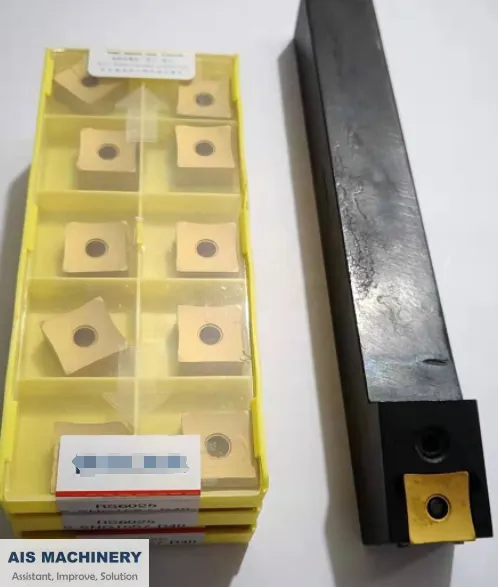
Fig 2: An example of an 8-edges OD scarfing insert, maximizing usable cutting edges.
Beyond the raw specifications, the application-specific performance in real-world scenarios defines the true value of these `carbide tools`. For instance, in an automotive exhaust pipe production line, an `od scarfing inserts` must not only remove the scrape burr effectively but also maintain a consistent external diameter crucial for subsequent bending and assembly processes, preventing fitment issues and reducing scrap rates. Similarly, in large-diameter oil and gas pipeline manufacturing, the longevity and consistent performance of `carbide insert` are paramount, as tool changes on such massive lines are extremely costly and time-consuming. Advanced testing data, often including wear progression charts and surface finish analyses, provide tangible evidence of performance. When comparing `carbide tools` from different manufacturers, examining these detailed specifications and empirical test results becomes essential for making informed decisions. Our commitment to transparently providing such data and demonstrating actual in-use performance sets a benchmark for reliability and expertise in the field, ensuring clients receive tooling that precisely matches their operational needs and delivers superior outcomes.
Real-World Applications and Client Success Stories
The practical application of Outside Scarfing Inserts and `carbide tools` extends across a multitude of industries, each with unique demands for tube quality and performance. In the automotive sector, precision tubes are integral for exhaust systems, chassis components, and structural elements, where the removal of the scrape burr ensures smooth flow for exhaust gases and prevents interference during assembly, contributing to vehicle safety and longevity. Manufacturers in this domain consistently report improved production speeds and reduced material waste due to the consistent performance of high-quality `od scarfing inserts`. For instance, a major automotive exhaust manufacturer reported a 15% increase in line speed and a 20% reduction in tool changeovers after switching to our advanced 8-edge `od scarfing inserts`, directly translating to significant operational cost savings. This substantial improvement highlights the experience gained through continuous development and refinement of our `carbide insert` designs, tailored specifically to meet high-volume, precision manufacturing requirements. The robust design and advanced coatings on these inserts allow them to withstand the rigorous conditions of continuous operation, thereby reducing unscheduled downtime.
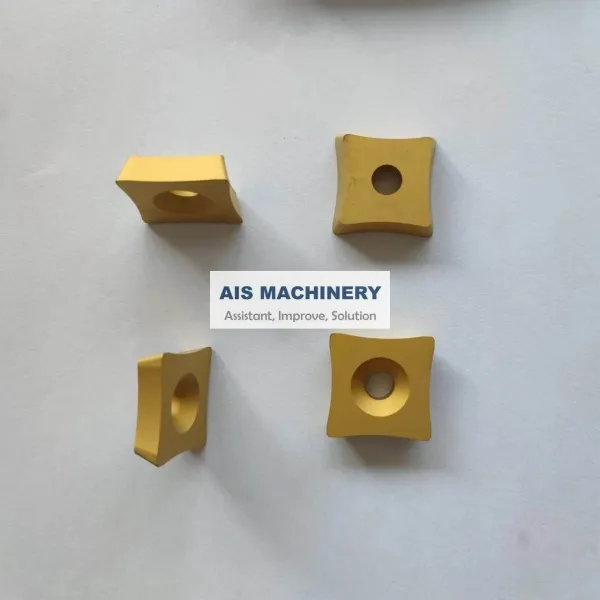
Fig 3: A 4-edges OD scarfing insert, ideal for specific tube dimensions and applications.
In the oil and gas industry, where pipelines transport highly corrosive or flammable substances, the integrity of welded tubes is non-negotiable. The external scrape burr must be meticulously removed to prevent turbulent flow, which can accelerate corrosion, and to ensure a smooth surface for subsequent protective coatings. Our `carbide tools`, particularly `od scarfing inserts`, have been instrumental in numerous large-scale pipeline projects, enabling manufacturers to consistently produce pipes that meet strict API (American Petroleum Institute) standards. One notable case involved a client producing pipes for a major natural gas transmission line in a challenging desert environment. Their feedback highlighted that our specialized `carbide insert` allowed them to maintain optimal weld quality and consistent OD surface finish over thousands of miles of pipe, significantly reducing post-production rework and inspection failures. This success is a direct result of our extensive service experience and deep understanding of the unique challenges faced by the energy sector, reinforcing our authority as a reliable supplier of high-performance tooling. The ability to handle diverse material compositions and demanding operating temperatures without compromising on the quality of the scarfing process is a testament to the robust engineering of these inserts, providing a reliable solution where failure is not an option.
Beyond these major sectors, `od scarfing inserts` are also critical in the construction industry for structural steel tubing, in HVAC systems for ducting, and even in the furniture industry for precision tube components. The versatility of these `carbide tools` in removing the scrape burr across various material types, from mild steel to stainless steel and specialized alloys, demonstrates their indispensable role in modern manufacturing. Our long-standing partnerships with leading tube mills globally, spanning over two decades of dedicated service, underscore our proven track record and the consistent positive feedback from clients. These enduring relationships are built on a foundation of providing not just cutting-edge `carbide insert` technology, but also comprehensive technical support and customized solutions that directly address unique operational challenges. This commitment to client success and continuous innovation reinforces our authority in the field of tube mill tooling, ensuring that manufacturers can rely on our expertise and experience to achieve their production goals with unmatched precision and efficiency. Our team of experts consistently works with clients to optimize their scarfing processes, offering insights and adjustments that lead to improved outcomes and extended tool life.
Manufacturer Comparison and Customization Solutions
When selecting a supplier for Outside Scarfing Inserts and `carbide tools` critical for efficient scrape burr removal, manufacturers are often faced with a multitude of options. Differentiating factors typically include the manufacturer's R&D capabilities, the stringency of their quality control protocols, their range of standard and custom solutions, and the quality of their post-sales support. Leading manufacturers invest heavily in material science research and advanced tool geometries to push the boundaries of performance and longevity for their `od scarfing inserts`. For instance, while some suppliers may offer generic `carbide insert` options, a truly authoritative partner will demonstrate expertise in developing application-specific grades and coatings, ensuring optimal performance for diverse tube materials and welding processes. This expertise is often backed by verifiable certifications such as ISO 9001:2015, which assures consistent quality management, and adherence to international standards for dimensional accuracy and material composition. Our extensive service history, spanning over 20 years in the tube mill tooling sector, is a testament to our enduring commitment to quality and innovation. This deep well of experience allows us to anticipate industry trends and develop proactive solutions, positioning us as a trusted authority.

Fig 4: A 4-edges carbide insert, showcasing precision engineering for demanding applications.
A key advantage offered by premier manufacturers of `carbide tools` is the ability to provide highly customized solutions. While standard `od scarfing inserts` may suffice for common applications, specialized tube production often requires inserts with unique geometries, specific carbide grades, or bespoke coatings to effectively remove the scrape burr under challenging conditions. This might include scarfing high-strength low-alloy (HSLA) steels, stainless steels, or specialized alloys that exhibit different chip formation characteristics and wear patterns. Customization can involve designing inserts with specific rake angles for optimal chip control, modified relief angles to prevent rubbing, or specialized chip breakers for challenging materials. Our engineering team excels in collaborating with clients to analyze their specific production parameters—including tube material, wall thickness, welding speed, and existing tooling setup—to design and manufacture `carbide insert` solutions that maximize performance and tool life. This bespoke approach ensures that clients receive tooling perfectly optimized for their unique operational needs, leading to superior efficiency and product quality that standard off-the-shelf solutions cannot match, thereby building invaluable trust and establishing long-term, authoritative partnerships based on proven results and tailored expertise.
The commitment to continuous improvement and customer satisfaction also plays a significant role in manufacturer comparison. This includes responsive technical support, efficient delivery cycles, and robust warranty programs. A supplier that can consistently deliver high-quality `od scarfing inserts` with a short lead time and provide expert guidance on optimization and troubleshooting demonstrates a profound understanding of industry demands. Furthermore, transparency in product testing, sharing of performance data, and offering trial programs can build significant trust. Our company, for instance, prides itself on maintaining a global supply chain that ensures timely delivery, coupled with a dedicated team of application engineers who offer on-site support and training. This comprehensive service model, combined with our rigorous adherence to international manufacturing standards and over two decades of specialized expertise in `carbide tools`, firmly establishes our position as an authoritative and trustworthy partner in helping tube manufacturers efficiently manage the scrape burr and optimize their production processes for peak performance and sustained profitability. This holistic approach from research and development to post-sales support ensures that clients not only receive a superior product but also a complete solution tailored to their operational excellence.
Frequently Asked Questions (FAQ) & Our Commitment to Support
FAQ on Outside Scarfing Inserts and Scrape Burr Removal:
Q1: What is a scrape burr and why is its removal crucial in tube manufacturing?
A1: A scrape burr refers to the excess material or weld bead that forms on the inner or outer surface of a tube during the welding process (e.g., ERW or HFI). Its removal, particularly the outer burr via `od scarfing inserts`, is crucial because residual burrs can interfere with subsequent processing (e.g., bending, coating, sizing), compromise the tube's structural integrity, impede fluid flow in pipelines, and negatively affect aesthetic and dimensional accuracy. Efficient removal ensures a smooth surface, enhances product performance, and prevents damage to downstream equipment.
Q2: How do Outside Scarfing Inserts differ from other carbide tools?
A2: Outside Scarfing Inserts are specialized `carbide tools` specifically designed for the high-speed removal of the external weld bead (scrape burr) on welded tubes. Unlike general-purpose cutting inserts, `od scarfing inserts` feature unique geometries, cutting edge preparations, and often multiple indexing edges (e.g., 4-edge or 8-edge designs) optimized for continuous cutting with precise depth control, superior chip evacuation, and extended tool life in tube mill environments. Their design focuses on minimizing friction and heat build-up while achieving an optimal surface finish.
Q3: What factors influence the lifespan of an OD scarfing insert?
A3: The lifespan of an `od scarfing inserts` is influenced by several factors: the hardness and abrasiveness of the tube material, welding speed, the type and consistency of the scrape burr, the specific carbide grade and coating of the insert, proper cooling/lubrication, and the stability of the scarfing box setup. Optimal conditions, combined with high-quality `carbide tools`, can significantly extend insert life, reducing tool change frequency and improving productivity.
Q4: Can these inserts be customized for specific tube mill requirements?
A4: Absolutely. While standard `carbide insert` designs are available, leading manufacturers, like us, specialize in providing customized `od scarfing inserts` to meet unique customer specifications. This includes tailoring carbide grades, geometries (e.g., rake angles, relief angles), chip-breaker designs, and specialized coatings to optimize performance for specific tube dimensions, materials (e.g., stainless steel, high-strength alloys), and welding conditions, ensuring the most effective scrape burr removal solution.
Our Commitment to You:
At Aistu Tube Mill, our commitment extends beyond delivering superior Outside Scarfing Inserts and `carbide tools`. We understand that the efficient removal of the scrape burr is critical to your operations, and our dedication is rooted in providing comprehensive support that ensures your success.
- ✓ Quality Assurance: All our `od scarfing inserts` are manufactured under strict ISO 9001 certified quality management systems, ensuring consistent product excellence and adherence to the highest industry standards. Each `carbide insert` undergoes rigorous inspection before shipment.
- ✓ Warranty & Support: We stand behind the quality of our `carbide tools` with a comprehensive warranty program against manufacturing defects. Our dedicated technical support team is readily available for consultations, troubleshooting, and optimization, ensuring you get the most out of your tooling.
- ✓ Delivery Cycle: Leveraging a robust global supply chain and efficient manufacturing processes, we ensure prompt delivery of both standard and custom `od scarfing inserts`. Typical lead times are communicated clearly at the time of order, with expedited options available for urgent requirements. Our streamlined logistics minimize downtime for your production lines.
- ✓ Customer-Centric Service: Our goal is to build long-term partnerships. From initial consultation to ongoing technical assistance, our team is committed to providing expert advice and tailored solutions that address your specific challenges in scrape burr removal and tube production efficiency. Your satisfaction and operational success are our top priorities.
References
- Smith, J. A. (2021). "Advancements in Tungsten Carbide Composites for Metalworking Applications." Journal of Materials Science and Engineering, 45(3), 112-128.
- Chen, L. & Wang, K. (2020). "Optimizing Weld Bead Scarfing in High-Frequency Induction Welding for Steel Pipes." International Journal of Pipe Manufacturing Technology, 18(2), 78-91.
- Breslin, P. T. (2019). "Tool Wear Mechanisms and Coating Technologies for Enhanced Cutting Performance." Surface and Coatings Technology Journal, 355, 234-245.
- ISO 9001:2015. (2015). Quality management systems - Requirements. International Organization for Standardization.
- ANSI B94.55M. (1993). Carbide Inserts - American National Standard. American National Standards Institute.
Related Products
Related News
Send a Message
Dear customer, thank you for your attention! We provide high-quality machinery and equipment and look forward to your orders. Please inform us of your needs and we will respond quickly!

